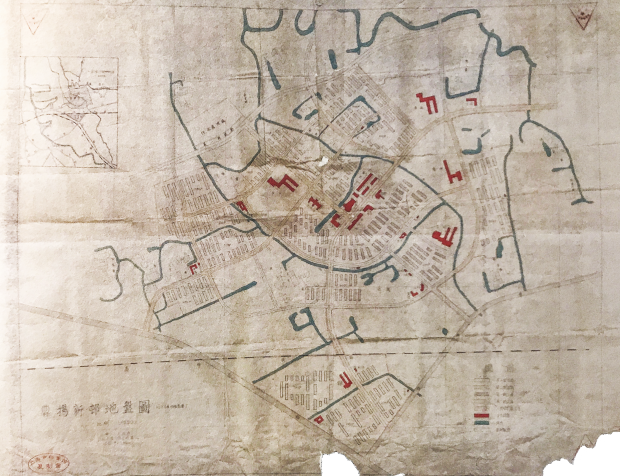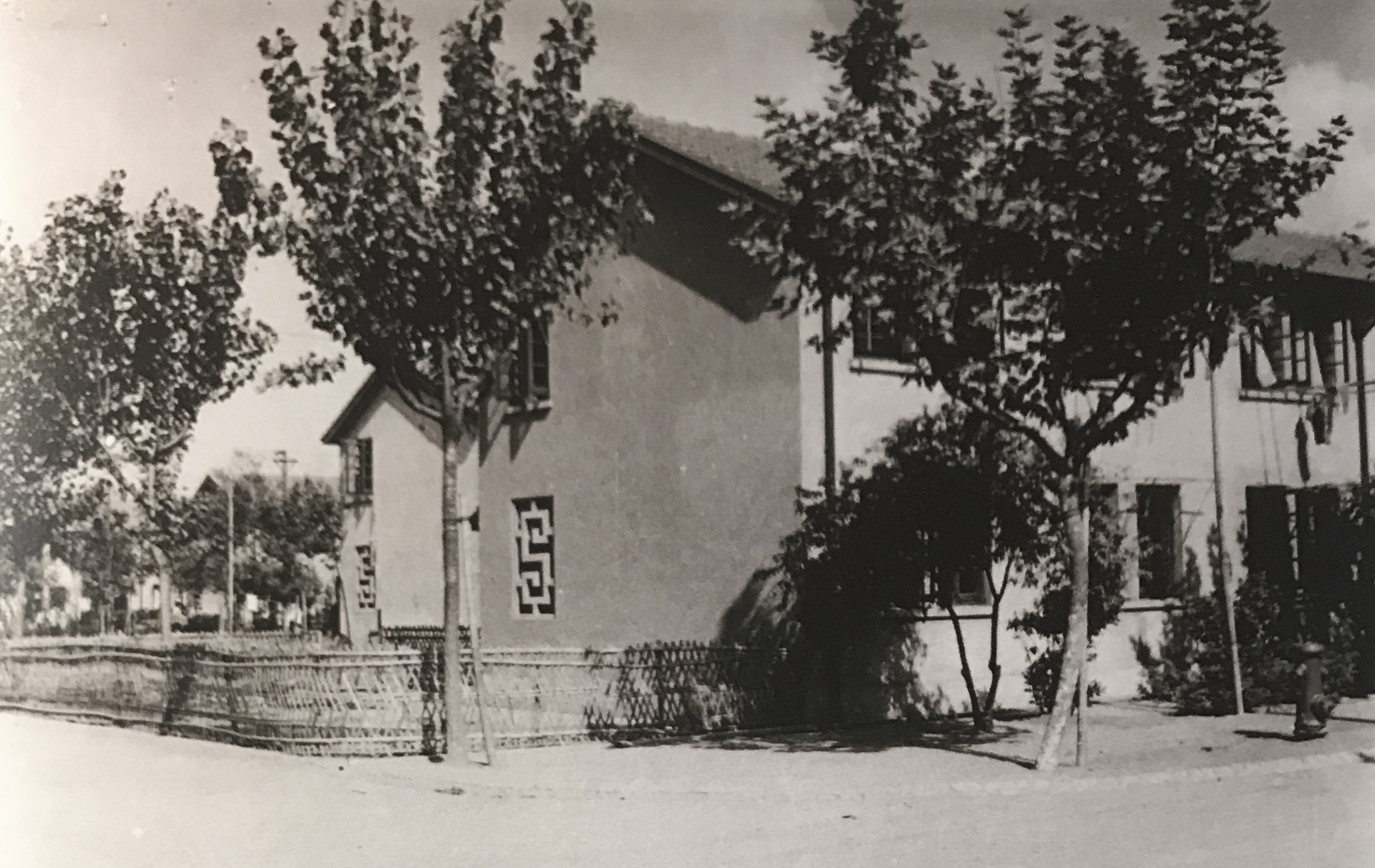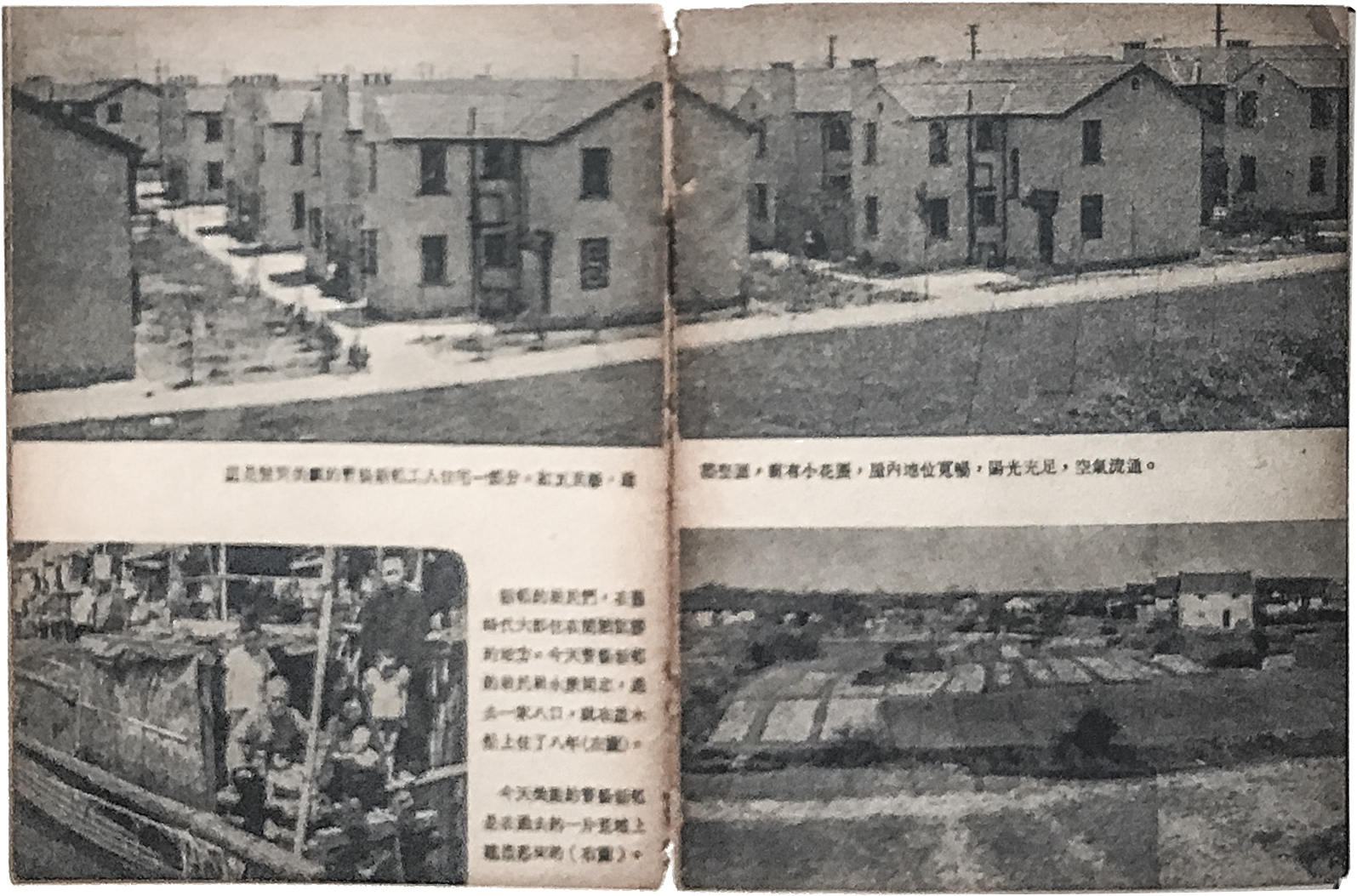The New Workers’ Villages 工人新村

Historical, political or economic context in which the plan/project is proposed
After the People Republic of China was established in 1949, the city of Shanghai underwent a radical transformation from a consumer-oriented city to a socialist production city where the industrial working class was prominent. Starting from the construction of Caoyang New Village, 6,000,000 m² of new workers housing were built between 1951 and 1960. For their location, modular design, workplace coordination, and public facilities (from nurseries to secondary schools, workers' hospital and public markets), workers’ villages laid down not only a new model of collectivised living environment but also the Chinese answer to modernist house planning.
Bibliography
Bray D., Social Space and Governance in Urban China. The Danwei System from Origins to Reform. Stanford University Press, 2005.
Lue Junhua, Peter G. Rows, Zhang Jie, Modern Urban Housing in China 1840-2000, Munich: Prestel Publishing, 2001.
Zhang Liang (ed), Ordinary Metropolis. Shanghai: a Model of Urbanism, Shanghai: PSA Collection Series, 2016.




